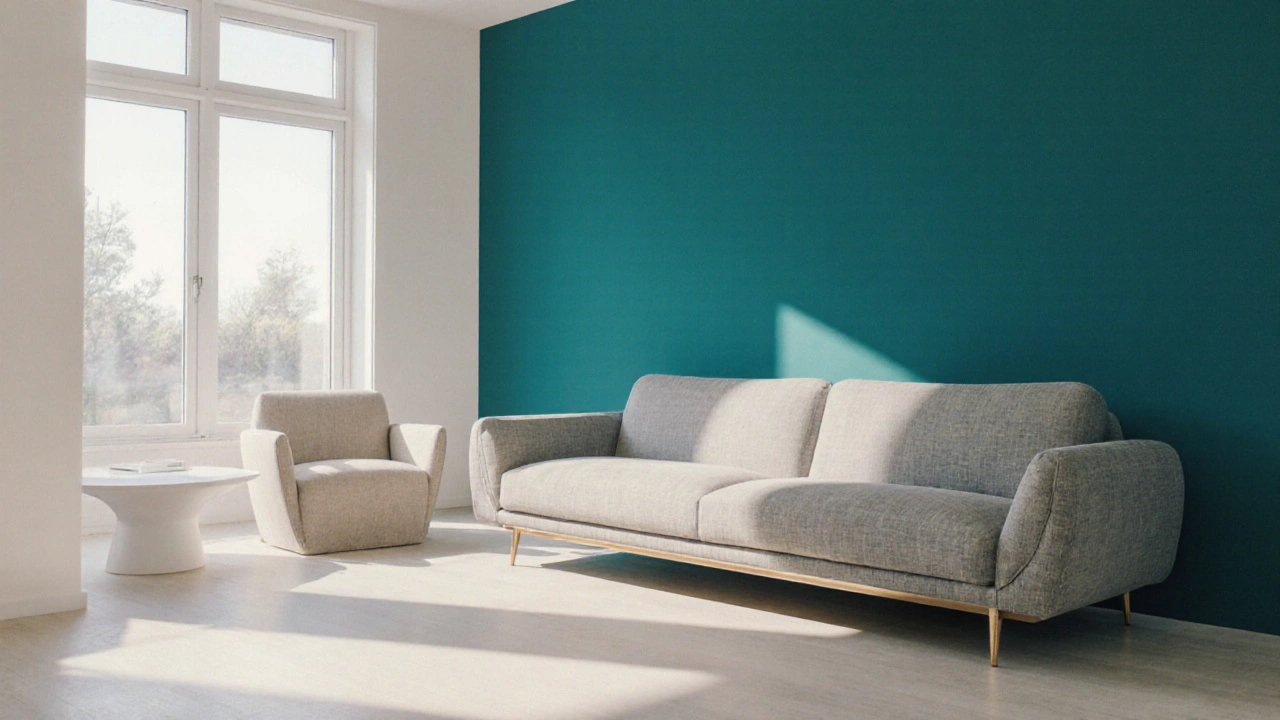
Best Neutral Furniture Colors That Match Any Décor
Discover the universal furniture shades that match any décor, learn how to pick the right neutral tone, and get practical tips for buying and caring for timeless pieces.
When working with Neutral Furniture Colors, a palette of muted, understated hues that blend seamlessly with most interiors. Also known as neutral tones, they help keep classrooms calm and reduce visual clutter, which is key for focus. Neutral furniture colors aren’t just a design fad; they’re a practical choice that supports flexible layouts and long‑term durability in schools and universities. By choosing these shades, you create a backdrop that lets educational tools and student work shine, while also making it easier to update accessories without a full room overhaul.
One of the biggest influences on selecting neutral shades is the broader Furniture Color Trends, the shifting preferences in hue, finish, and material that designers follow each year. Today’s trends push for warmer beiges and cool greys that work with both natural and artificial lighting. This trend encompasses the move toward sustainability, because neutral finishes often pair well with recycled materials. When you align your neutral palette with these trends, you get a look that feels current without the need for frequent redesigns, and you make it easier to match new tech or decor additions in the future.
The Neutral Color Palette, a range of colors like ivory, stone, taupe, and soft grey offers specific attributes that matter in a school setting. Low saturation reduces glare on screens, while balanced brightness keeps rooms from feeling gloomy. These values require careful consideration of wall color, floor finish, and lighting type, because the same shade can look different under fluorescent versus daylight bulbs. Selecting the right hue from the palette not only supports visual comfort but also enhances acoustic performance, as certain finishes absorb more sound—an often‑overlooked benefit in busy classrooms.
All of this ties back to Educational Furniture, pieces built for durability, ergonomics, and adaptability in schools and training rooms. When neutral colors are applied to desks, chairs, and storage, the furniture becomes a versatile canvas that accommodates different teaching styles, from group work to individual study. The colors also help hide wear and tear, extending the life of high‑traffic items. In addition, a neutral finish makes it simple to introduce accent pieces—like bright bulletin boards or colorful student artwork—without clashing, which keeps the environment lively yet orderly.
Below you’ll discover a curated collection of articles that dive deeper into each of these aspects. From practical buying guides to trend analyses, the posts cover how neutral tones influence ergonomics, how to match them with classroom lighting, and why they’re a smart long‑term investment for any educational space. Keep reading to see actionable tips and expert advice that will help you pick the perfect shades for your learning environment.

Discover the universal furniture shades that match any décor, learn how to pick the right neutral tone, and get practical tips for buying and caring for timeless pieces.